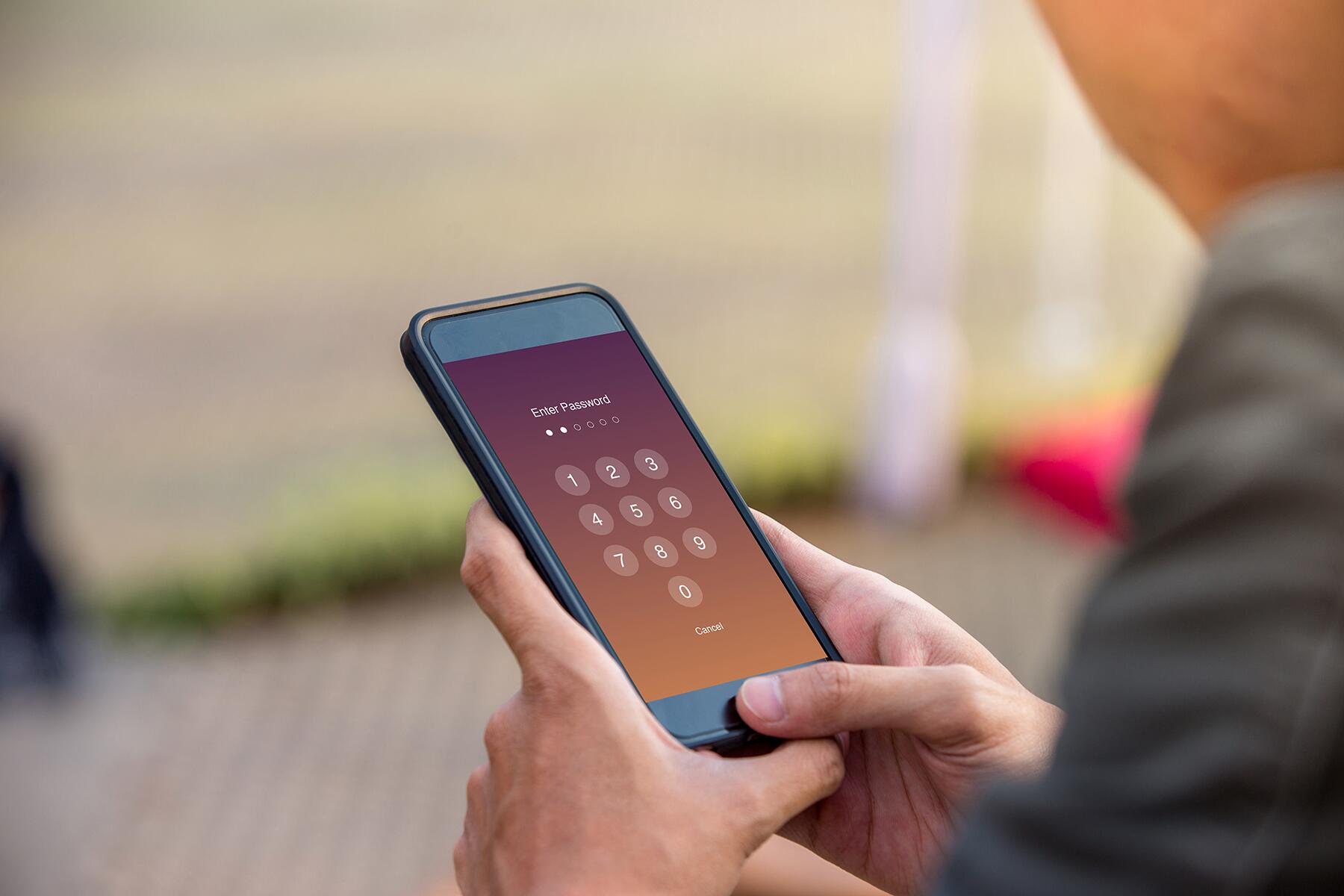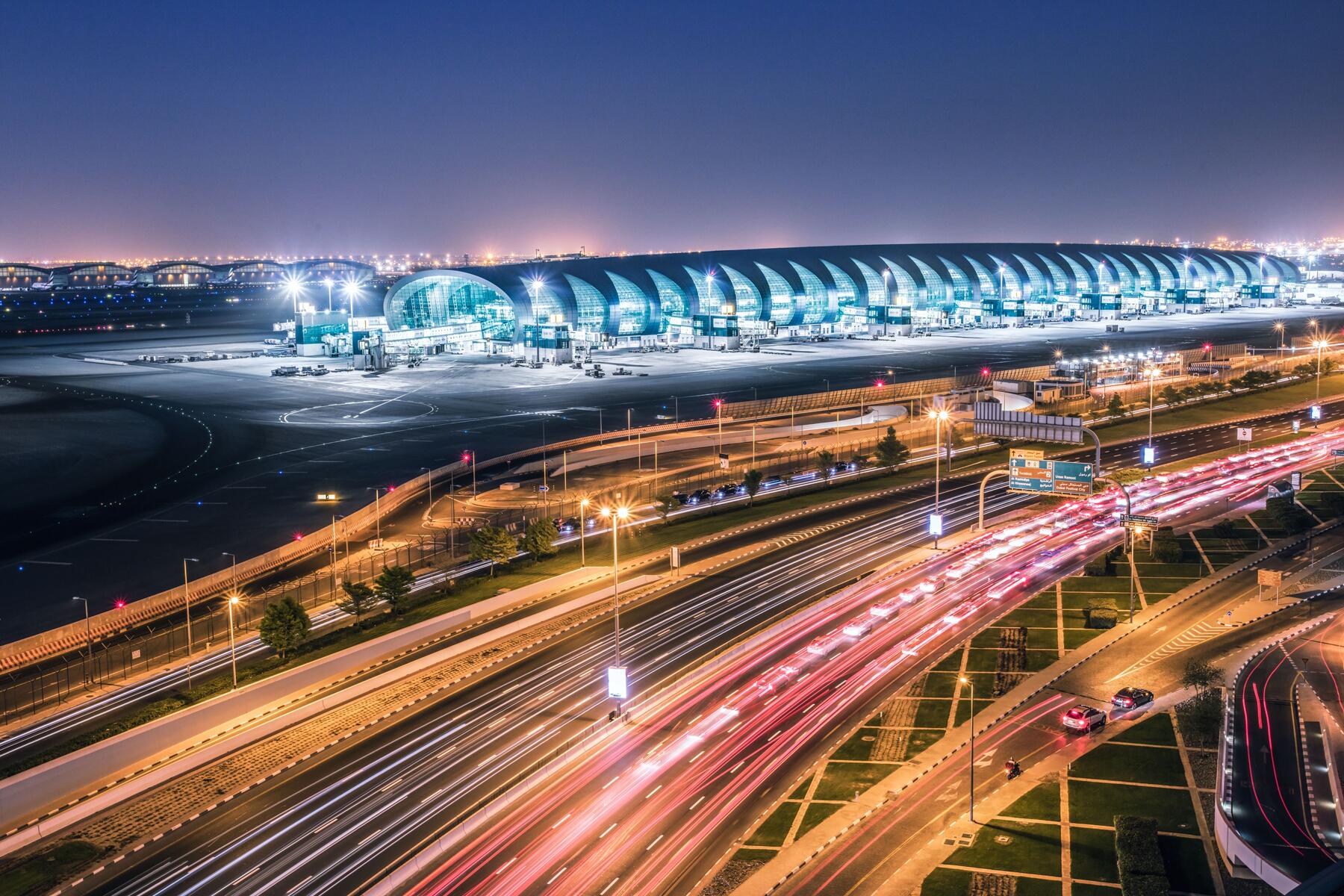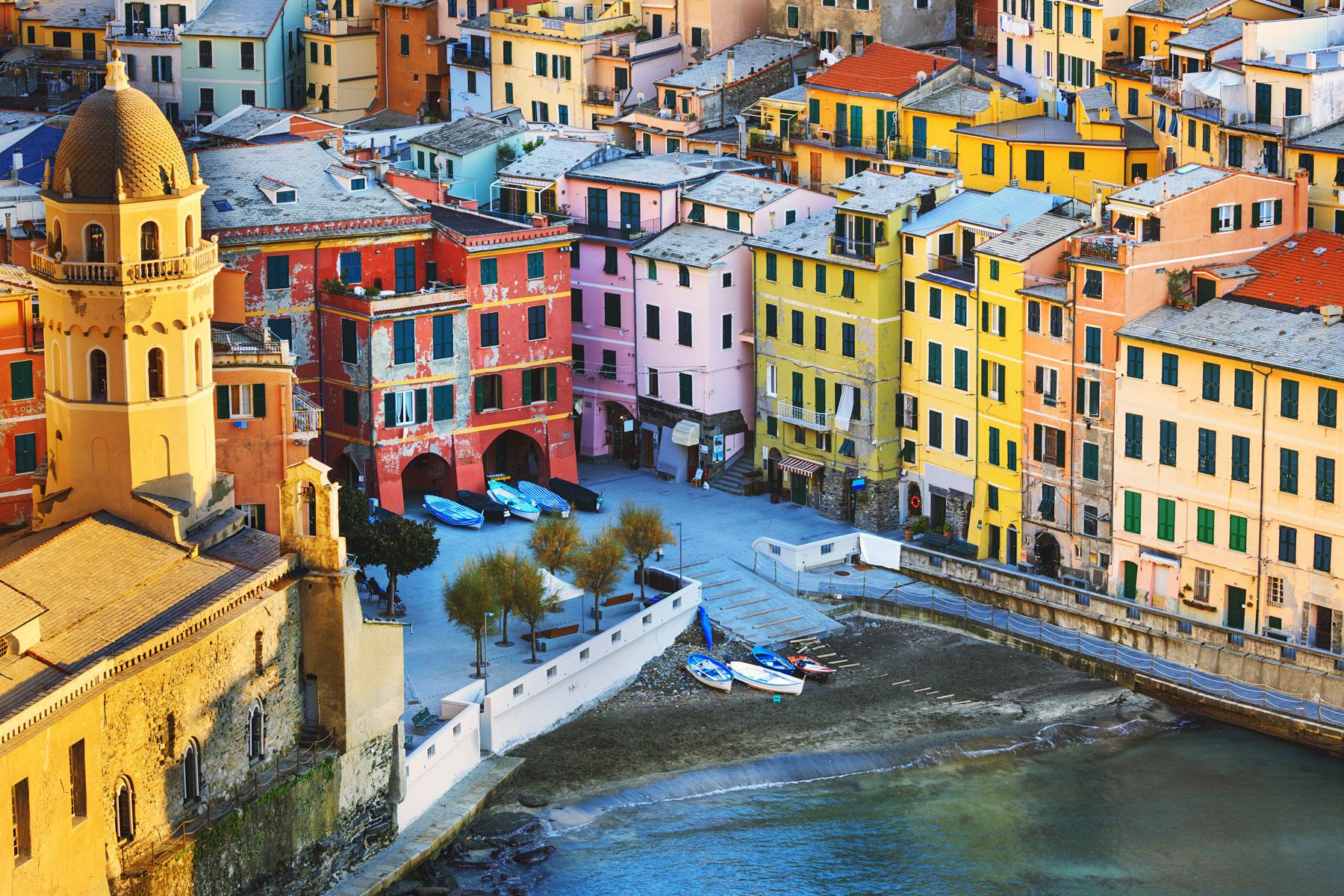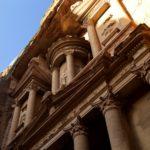The UNESCO World Heritage Site in Jordan is definitely worth the hype.
The ancient city of Petra is an astounding maze of carved tombs and temples in the Jordanian desert. The landscape looks like something from another planet and the structures look like something straight out of an Indiana Jones movie. It’s a place that feels otherworldly and impossible, which is why this wonder of the world needs to be on your bucket list. But if you’re overwhelmed by the idea of actually planning a trip there—we’ve got you covered.
Top Picks for You
Is It Actually One of the Seven Wonders of the World?
On July 7, 2007, Petra was declared one of the New Seven Wonders of the World (alongside Christo Redentor, Machu Picchu, Chichen Itza, The Colosseum, The Taj Mahal, and The Great Wall of China).
Who Lived Here?
The city of Petra was carved into rock by the Nabateans over 2,000 years ago. The Nabateans were traders and the city served as an important pit stop connecting the Middle East and the Silk Road to Egypt. The city became part of the Roman Empire before being destroyed (and mostly hidden) by an earthquake and mostly deserted in the 7th century. When the existence of Petra was made public by Johannes Burckhardt in 1812, the city was occupied by Bedouins, who were living in caves throughout the city. The ancient city became a popular tourist destination and in 1985, it was designated a UNESCO World Heritage Site. At that time, the Bedouins were still living there, selling souvenirs to tourists and setting up cafes. UNESCO relocated the tribe members to a settlement in the nearby town of Wadi Musa and allowed them to continue selling souvenirs and refreshments within Petra.
Recommended Fodor’s Video
How Do You Get Here?
The nearest airport to Petra is Aqaba, which is about an hour and 45 minutes away. If you’re coming from overseas, it makes the most sense to fly into Amman (3.5 hours away). You can either rent a car or hire a driver to take you to Petra.
Do I Need to Be Physically Fit to Visit?
Yes and no. Visiting Petra requires a lot of walking. The ancient city is laid out along a wide dusty trail on the canyon floor that’s about five miles long from the visitor center to the endpoint. From the main trail, you can see plenty of highlights, but there are over 20 miles of trails branching off of the main trail, many of which lead to incredible vantage points and unbelievable structures. If you’re only interested in visiting The Treasury, or the main iconic structure, you’ll have to walk about a mile on a dusty and uneven road from the visitor center. Most of the walk is shaded by canyon walls, but part of it is in the sun. And while it’s downhill on the way there, keep in mind that the way back to the visitor center can be brutal in the heat of the afternoon sun. This is a choose your own adventure kind of place, so you can do as little or as much activity as you want—just keep in mind that you have to be fit enough to walk at least two miles.
Can I Visit If I Have Mobility Issues or I’m in a Wheelchair?
Yes. There are golf carts and horse-drawn carriages for the elderly and those with mobility issues. The carts take riders from the visitor center to The Treasury and beyond, but the hikes will be inaccessible. Please keep in mind that the horse-drawn carriages are an extremely bumpy ride and that reservations for the golf carts must be made in advance.
What’s There to See Besides the Treasury?
So. Much. Honestly, if you only visit the Treasury, you haven’t seen Petra. While most of the shops, homes, and everyday businesses were completely destroyed since they were built with wood and other more fragile materials, there are hundreds, possibly thousands, of other caves (both natural and carved) throughout Petra.
While the Treasury is arguably the most breathtaking and well preserved of the tombs, you could spend multiple days exploring Petra and still not see everything. The other must-see sites within Petra are the Roman Nymphaeum (a carved public water fountain), the Royal Tombs (similar to the Treasury, but a bit more crumbly and harder to get to), and the Monastery (the biggest structure in Petra and only accessible by hiking 800 steps up a narrow ravine). You can also see the ruins of a crusader castle, one of two crusader ruins nearby. The mountains surrounding the main promenade in Petra are also dotted with caves that you can hike to and explore. Other hikes throughout the ancient city take you to vantage points like the High Place of Sacrifice, which was used for important religious ceremonies.
There’s also Little Petra, which is truly a gem that most day-trippers miss, as it’s about a 10-minute drive from Petra. Much smaller in scale, Little Petra is still impressive and since most people don’t even know about it, you won’t have to contend with hordes of tourists.
Can I Go Inside the Caves?
You can’t get inside the Treasury, but there are other caves where you can scramble up the rocks and go inside. You won’t find anything except an empty room, except in some cases where enterprising Bedouins have set up coffee and tea shops in the cool shady caves.
Where Can I Get the Best Photo?
The Treasury is the iconic structure of Petra and probably what draws most visitors. And it is absolutely breathtaking. While everyone has the same photo of the Treasury (since there’s really only one angle you can take) there’s a way to get creative: hike the Al-Kubtha trail to the very top of the mountain directly across from the Treasury. It takes about two and a half hours and you’ll get a totally unique angle of the Treasury.
INSIDER TIPMake sure to do the hike before noon, otherwise the Treasury will be in the shade and you’ll be shooting into the sun.
Is It Really Crowded?
Yes and No. The Siq, which is the canyon that takes you from the visitor center to The Treasury can feel crowded at times, especially if you happen to be arriving between 10 am and 12 pm, when the cruise shippers descend on the site. All visitors are funneled through a wide slot canyon trail, which can feel overwhelmingly crowded, especially as horses and horse carriages come zipping around corners and giant tour groups stop for informational chats. Once you reach the Treasury, it’s full-blown sensory overload with dogs, camels, people hawking souvenirs, tour guides trying to wrangle their groups, horse carriages, and general mayhem. It does not help that every single person is absolutely dumbstruck by the beauty of the place–it’s a bit of a surreal feeling.
Although it’s chaotic, the crowds ebb and flow. If you find a quiet spot to stand and hang around for about 20 minutes, the crowds will disperse for the quick instant where you can get the perfect photo–just before another swell of tourists shows up. Beyond the Treasury, you’ll be thinking, “Wait a minute, where did everybody go?” Petra is so huge that all the tourists somehow fade into the ether and you’re left with plenty of breathing room (and people-free photos). Narrow trails can sometimes get congested by a slow hiker or a donkey carrying up supplies, but it’s nothing to get frustrated over, as only a fraction of the visitors to Petra do any hiking at all.
What Souvenirs Should I Buy?
None of them. While the trinkets and textiles for sale look authentic at first glance, upon closer inspection you’ll see that they’re cheap imitations of what you might hope to find. Keep in mind that most of the things for sale in Petra were not made in Jordan. If you’d like to get a souvenir, stop by the book guy near the bathrooms across from the Theater. He’s selling copies of Married to a Bedouin, a memoir written by a Kiwi woman who met and fell in love with a Bedouin man living in a cave in Petra. The book is absolutely illuminating and heartwarming, and will stoke your sense of discovery and adventure.
What Should I Wear?
It depends on how active you want to get. If you’re not planning on hiking, you can wear whatever you want, but keep in mind that it’s hot and dusty, so opt for linen or lightweight breathable fabrics. Even if you’re not doing a big hike, you’ll want to wear flat shoes (sandals or casual sneakers are fine) because the ground is rocky and uneven. If you’re planning on doing one of the big hikes, you’ll want to wear something a bit more technical. While yes, you could hike in a pair of Converse sneakers, you’ll be much safer, faster, and comfortable in something with a grippy sole.
Can I Ride the Animals?
There are horses, donkeys, and camels available for rides in Petra, so technically, yes, you can ride the animals, but you definitely shouldn’t. You’ll see beautifully dressed camels, mules, and horses paraded around by their owners and getting pimped out for rides. Horses take riders from the visitor center to the Treasury, and camels take riders throughout the site. Mules take riders up a steep hike to the Monastery. The camels and mules are mistreated, beaten into submission, and worked to the ground—so much so that animal lovers may find themselves distraught after a visit to Petra. If you really want that perfect photo, take a photo with or near the animals (you may have to offer the owner a little bit of money), but not on it. To learn more about how to support the animals at Petra, visit careforpetra.org.
Do I Need a Guide?
No, but you should get one anyway. You can hire a guide from the visitor center, or plan your whole trip with an outfitter like Experience Jordan, who can provide fun, friendly, and extremely knowledgeable guides for group or private tours. It’s easy to visit without a guide, but somebody who knows the history of the site will make it come to life like no guidebook ever could.
How Early Should I Get There?
Early… as in… the night before. On Monday, Wednesday, and Thursday, Petra is open at night for a show called Petra By Night. There are 1,500 candles bathing the Treasury in light while traditional musicians set the scene with songs that echo off the canyon walls. It’s not for those who are easily unimpressed, but it has a certain romantic vibe that brings the mystery of Petra to life.
In the morning, gates open at 6 am, and if you get there early, you’ll beat the hordes of cruise ship day-trippers. One of the most amazing things about Petra is how much the color of the rock changes throughout the day, depending on the position of the sun. If you only have one day in Petra, get here as early as possible.
INSIDER TIPPetra By Night might be a let down if you’ve already seen it by day. Go the night before you visit, or don’t go at all.
How Much Time Should I Spend There?
To get the most out of Petra, plan on spending either an action-packed full day here or two separate days. It’s not possible to see everything in one or two days, but you can certainly see the highlight reel, especially if you’re ok with a lot of hiking. If you have two days, the best way to visit is to arrive in Petra in the late afternoon. Visit Little Petra, savoring the empty site and the golden hour light. Check into your hotel and plan to visit Petra at Night, when the entire Treasury is bathed in candlelight and a light show plays across the canyon walls. The next day, arrive early,get the lay of the land, and learn from an experienced guide about the ancient and modern history of the site from the Nabateans to the Bedouin tribe. Have a leisurely and slow morning making your way to Basin Restaurant for a filling buffet lunch. After lunch, hike up to the Monastery and the viewpoint, and make sure to enjoy a fresh lemonade at the top. Hike back down and head back to your hotel. If you have time the next day, visit again for a hike up the Al-Khubutha Trail for the most amazing view of the Treasury. Keep in mind that you have to time it right–the Treasury is bathed in light from 10 am-12 pm.
Is There Food and Water I Can Buy?
There are open-air cafes and coffee shops that make for a delightful place to take a shady break. Nothing is quite as cold as you’d like it to be (if you’re an American), but don’t leave Petra without ordering a lemon mint, which is lemonade blended with fresh mint. The cafes sell snacks like chips and candy bars, but for something more substantial, you’ll want to make a reservation for lunch at Basin Restaurant, especially if you plan on hiking after lunch–you’ll need the fuel.
What’s the Bathroom Situation?
There are bathrooms spaced about every mile on the main trail leading from the visitor center past the Treasury and the street of facades to the Basin Restaurant. With the exception of a row of port-a-potties at the Treasury (which should be used in case of emergency only), all the bathrooms are nice and modern. There are no bathrooms on the hiking trails.
Anything Else I Need to Know?
The arrangement that UNESCO made with the Bedouin tribe to allow members to operate businesses within Petra is a bit controversial and exploitative. The agreement has created an alarmingly aggressive population of roaming young men trying to sell you anything and everything–tea, coffee, marriage, cheap silver bracelets, or a “shortcut” hike up to a view of the Treasury that’s dangerous and illegal (don’t do it). If you seem even remotely interested in purchasing something, you will be stalked until you buy. The best option is to politely decline or to not engage at all. Shopkeepers along the main road in Petra, however, are friendly and will invite you to browse while they tell you anything you need to know about Petra.
Where Should I Stay?
From cool backpacker resorts like Seven Wonders Bedouin Camp to historic luxe hotels like the Beit Zaman, there’s something for every budget and taste level near Petra. If you want to stay close to the action (and you do, since this affords the opportunity to be the first in and the last out, along with the luxury of being able to take a midday siesta in your hotel room), you’ll want to stay at Petra Guest House, located at the visitor center.
INSIDER TIPEven if you’re not staying at Petra Guest House, make time for a drink at their famous cave bar in the afternoon–you’ll see a billboard of a chilled glass of white wine as you pass the hotel, and keeping that image in mind will help you scale any mountain.
When Should I Visit?
Spring is the best and busiest time to visit, as temperatures are pleasant but not deadly. Visiting in winter will help you avoid the crowds, but you have to be flexible; rain in January or February can close down the site for risk of flash floods.






